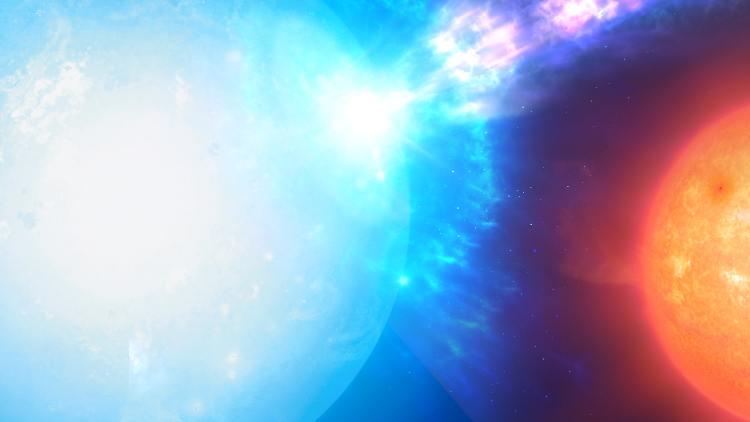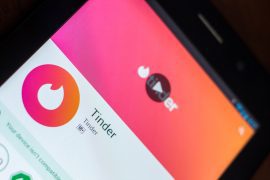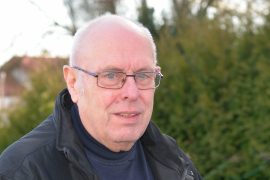Micronova – Still Powerful
Researchers discover new type of starburst
Researchers discover new type of starburst
04/22/2022, 10:25 am
Until now, astronomers have known about nova explosions. A team of researchers has now accidentally discovered the first ever micronova: thermonuclear explosions at the poles of white dwarf stars. According to him, micronovae occur on white dwarfs with strong magnetic fields.
Don’t let the name fool you: “micronovae” are what astronomers call a new type of stellar explosion that was discovered by chance by an international team of researchers searching for planets from distant stars. In fact, micronovae emit only one-thousandth of the energy of ordinary novae—but by Earth’s standards, they’re still massive explosions: the amount of hydrogen burned is about 40,000 times the mass of Mount Everest. These flashes of radiation are caused by thermonuclear explosions at the poles of white dwarf stars, Write researchers in the journal “Nature”,
“These events challenge our understanding of how stars experience thermonuclear explosions,” said Simone Scaringi from Durham University, UK. “At first we thought we knew, but this discovery reveals an entirely new mechanism.” Astronomers have known about nova explosions for centuries: some stars shine unusually repeatedly for several weeks.
Hydrogen stolen from partner star
These are white dwarfs – the final stages of the evolution of stars similar to our Sun, that have used up their nuclear power supplies and shrunk to about the size of Earth. If such a compact white dwarf forms a dual system with a normal star, it could strip matter – especially hydrogen – from its companion star with its gravitational pull.
If enough hydrogen accumulates on the surface of the white dwarf, a thermonuclear reaction occurs, fusion of the hydrogen into helium, which expands explosively over the entire surface of the dwarf star: the star glows as a nova.
inexplicable starburst
But in data from the US space telescope TESS, which specializes in searching for planets near other stars, researchers saw stellar explosions that cannot be explained with this model. Like a nova, here too the brightness of a star increases, but not as much and only for several hours. Scaringi and his colleagues were able to identify a total of three such events in the TESS data.
Two of the affected stars were already known as white dwarfs. And observations with the European Southern Observatory ESO’s Very Large Telescope in Chile revealed that the third object is also a white dwarf. Astronomers therefore assumed it was a phenomenon similar to rapid nova explosions. As the researchers’ observations show, micronovae occur on white dwarfs with strong magnetic fields. “This observation was important for interpreting and detecting micronovae,” Scaringi says.
Apparently, these magnetic fields preferentially direct matter from the companion star toward the white dwarf’s magnetic poles. ‘Hydrogen can be trapped at the base of the magnetic poles,’ explains co-author Paul Groot from Radboud University in the Netherlands. “As a result, nuclear fusion occurs only at these poles. We have seen for the first time that hydrogen fusion can also occur locally.”

Internet fan. Alcohol expert. Beer ninja. Organizer. Certified tv specialist. Explorer. Social media nerd.






